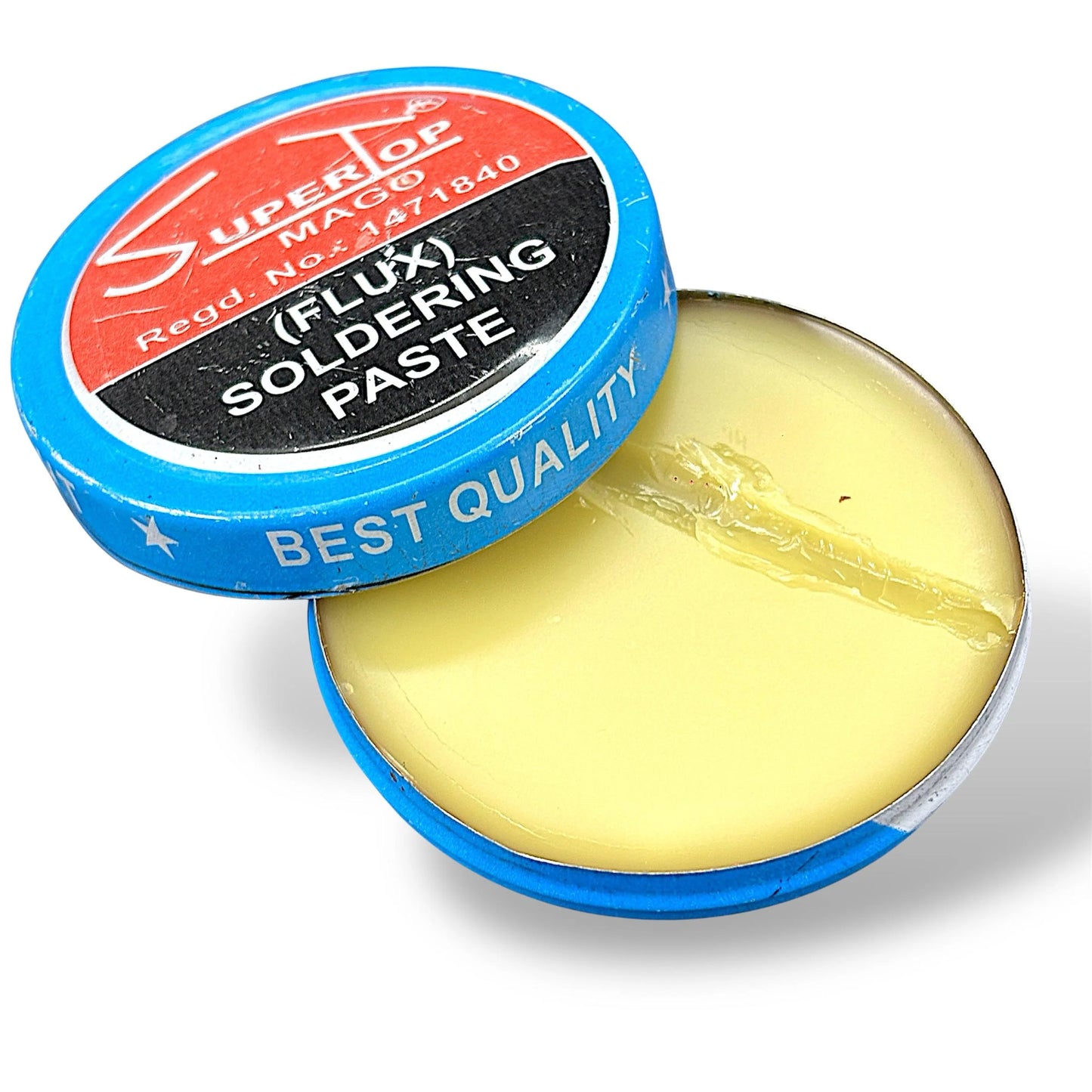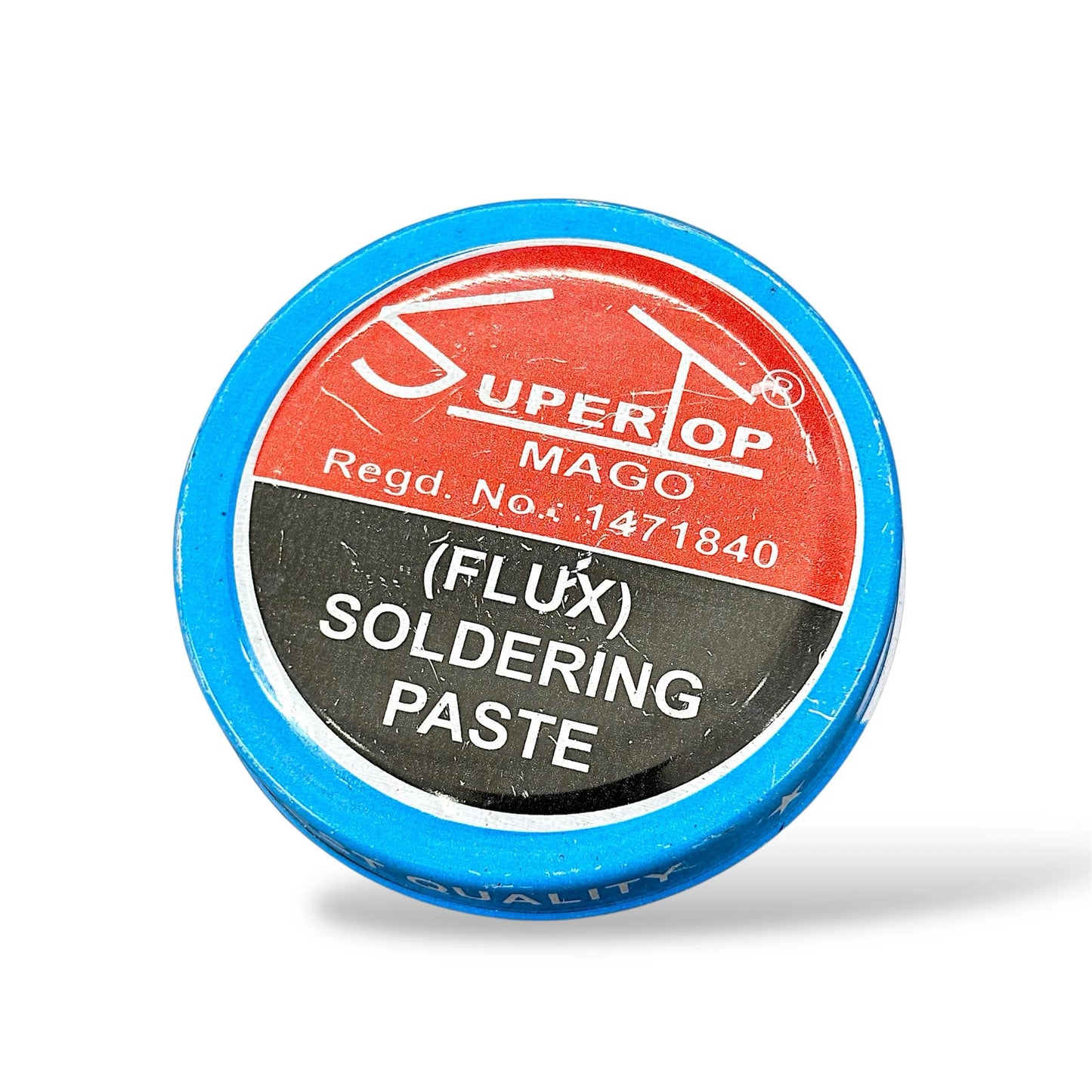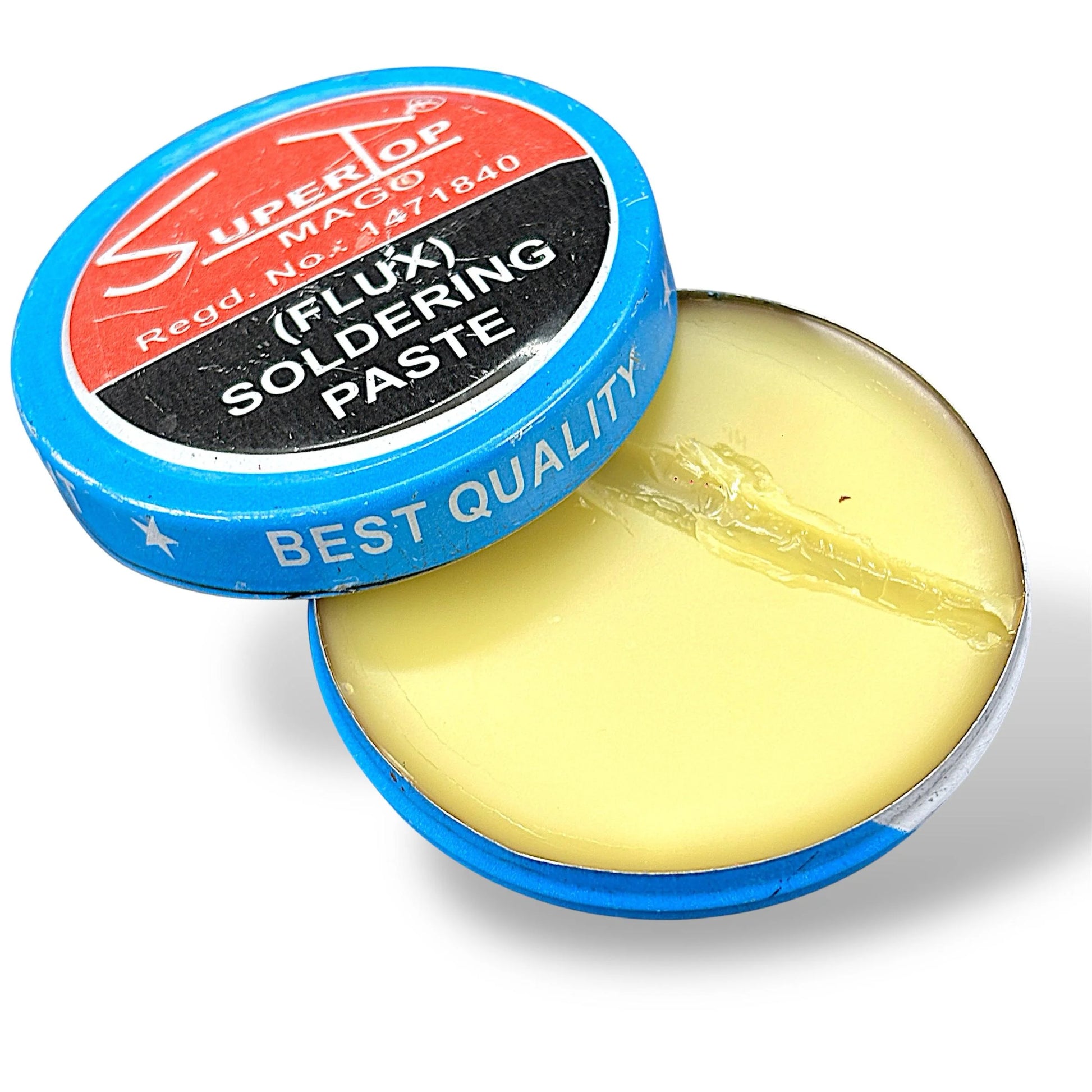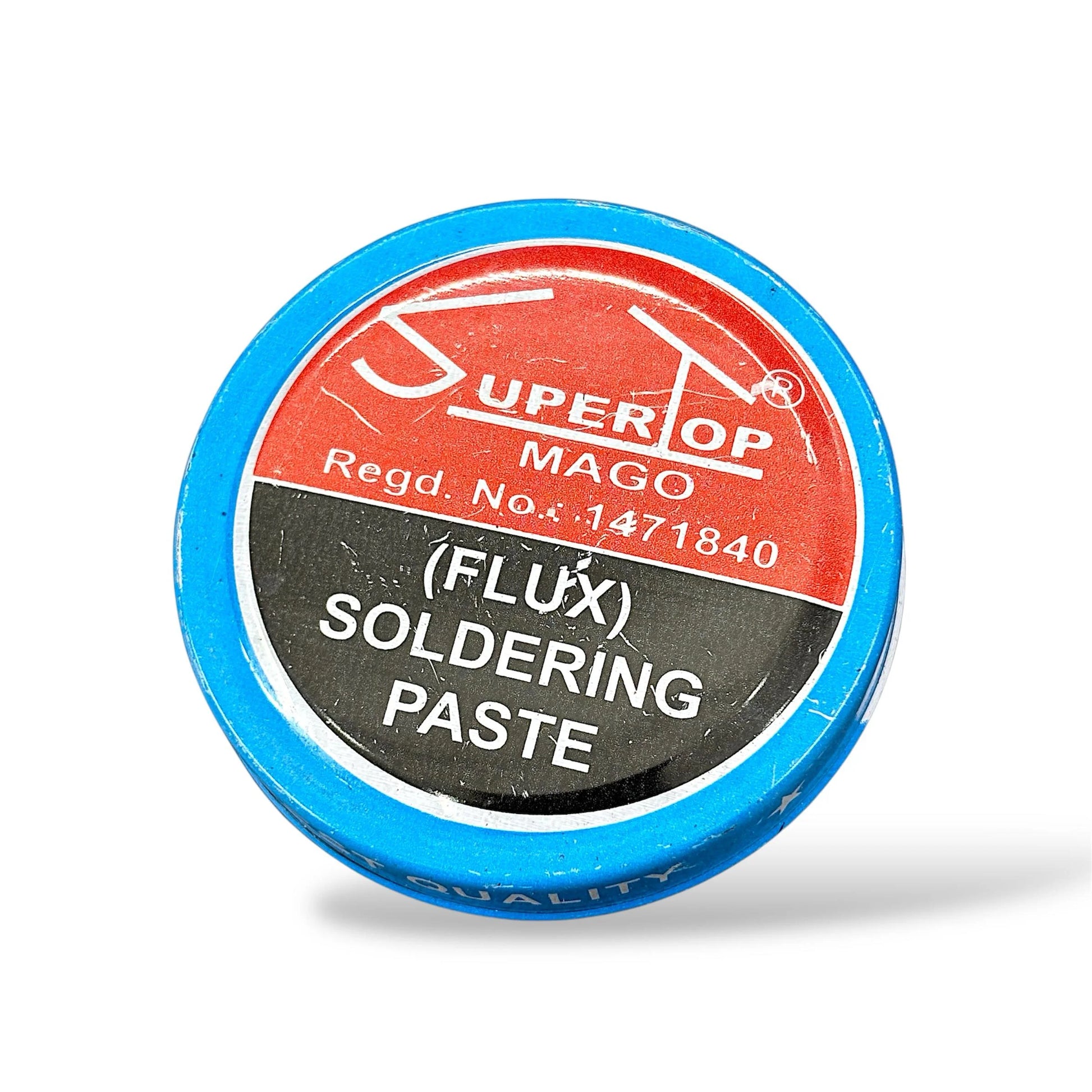Harish Projects
Soldering Paste
Soldering Paste
Couldn't load pickup availability
Share
Specification
- Soldering Paste Flux
- Weight: 15g
- Good Quality Paste
Description
Soldering paste, also known as solder paste, is a material used in the process of soldering electronic components onto circuit boards. It is a mixture of flux and solder particles that is applied to the soldering joint before heat is applied, allowing the solder to melt and create a bond.
Here are some common specifications and characteristics of soldering paste:
1. Flux type: Soldering pastes are available in different flux types, such as rosin-based (R), water-soluble (WS), no-clean (NC), or lead-free (LF). The flux helps remove oxides from the surfaces being soldered, promotes wetting, and improves the overall soldering process.
2. Particle size: The solder particles in the paste are typically made of tin (Sn) or lead (Pb) alloys, or lead-free compositions like tin-silver-copper (SnAgCu). The particle size distribution affects the reflow characteristics and the amount of solder deposited.
3. Metal content: The metal content specifies the percentage of solder alloy in the paste. For example, a common specification is 63/37, which represents a eutectic tin-lead alloy where 63% is tin and 37% is lead. Lead-free solder pastes often contain alloys such as SAC305 (96.5% tin, 3% silver, 0.5% copper).
4. Flux activity level: Fluxes have different levels of activity, which determines how effectively they remove oxides during soldering. Some fluxes are more aggressive and require thorough cleaning after soldering, while others are designed to leave minimal residues and are labeled as “no-clean” flux.
5. Viscosity: Soldering paste comes in different viscosities to suit different application methods and component sizes. It is important to choose a viscosity that allows proper dispensing and good contact with the soldering joint.
6. Shelf life: Soldering paste has a limited shelf life due to the flux’s properties and potential oxidation of the solder particles. Manufacturers usually specify the recommended storage conditions and the expiration date of the paste.
7. Halide content: Some soldering pastes may contain halide-based activators, such as chlorides or bromides, which help improve the flux’s activity. However, halides can contribute to corrosion if not properly cleaned after soldering. Many lead-free solder pastes are halide-free.
It’s important to refer to the specific datasheet or product specifications provided by the manufacturer to obtain detailed information about a particular soldering paste, as different formulations may have unique characteristics and requirements.




